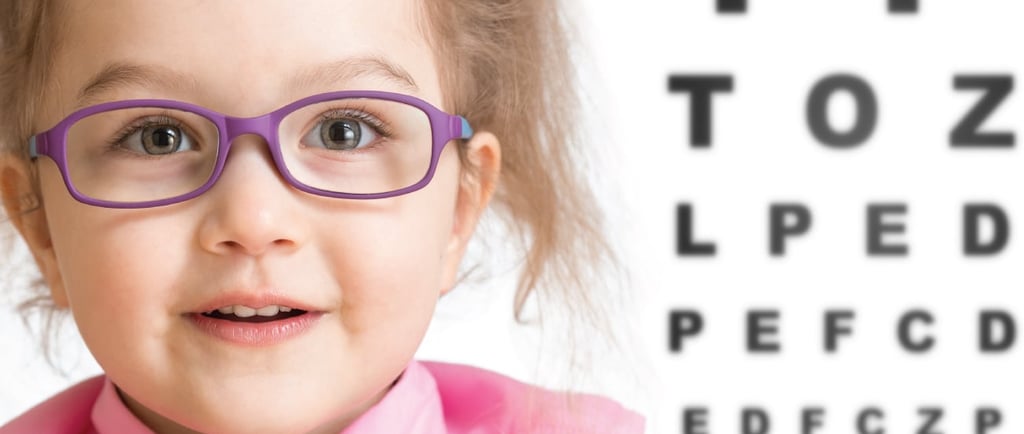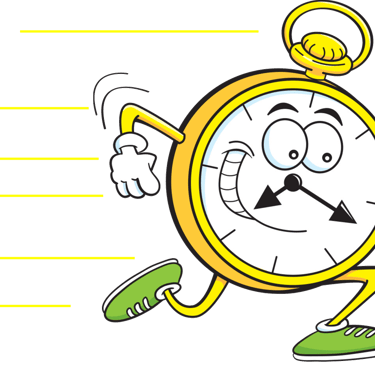Early Detection of Child Vision Issues
The impact on Childhood Development and Lifelong Effects
CHILDRENS VISION
12/15/20233 min read


A child's first visit to an eye doctor should be around 1 year old.
The Importance of Early Detection
Childhood is a crucial time for development, and vision plays a vital role in a child's overall growth. Unfortunately, many children suffer from vision problems that often go undetected. Conditions like Myopia (nearsightedness), Strabismus (crossed or misaligned eyes), and Amblyopia (lazy eye) can have a significant impact on a child's life if not addressed early on. This can have a tremendous effect on their education, socialization, and personality. Be understanding of your child's condition and that these are not short term treatments to correct and require participation of a team of people.
Your Eye Doctor to monitor the progression of treatment and may require changes in prescription over the treatment
Your Optical Store - At Deja Vu Optics we have you covered for prescription change within 15 months of your purchase for a 1 time replacement of the lenses at No Charge
You the parent have the most important role in this team. Your understanding of the importance of this treatment program for your child, and that they are given their best chance to succeed.
Your Child participation - This can be challenging when dealing with your 1 year old to have them wear their glasses and adhere to the treatment
Your Childs Grandparents and school or preschool - It is important to communicate to others that are involved with your child's growth and development the importance of this treatment and that you require their assistance for a successful outcome for your child.
Myopia: The Growing Epidemic
Myopia, also known as nearsightedness, is a common vision problem affecting children worldwide. The prevalence of myopia has been increasing at an alarming rate, especially in urban areas. If left untreated, myopia can worsen over time, leading to a higher risk of eye diseases in adulthood, such as glaucoma and retinal detachment.
Strabismus: Beyond Cosmetic Concerns
Strabismus, commonly referred to as crossed or misaligned eyes, not only affects a child's appearance but also their visual perception and depth perception. If left uncorrected, strabismus can lead to difficulties with reading, writing, and overall academic performance. It can also impact a child's self-esteem and social interactions, potentially causing emotional distress.
Amblyopia: The Silent Vision Thief
Amblyopia, often known as lazy eye, occurs when one eye has significantly reduced vision compared to the other. This condition can develop if a child's eyes are not working together properly during early childhood. Amblyopia can result in poor visual acuity, reduced depth perception, and impaired eye-hand coordination. If not detected and treated early, amblyopia can have lifelong effects on a child's visual abilities and overall quality of life.
The Role of Early Detection
Early detection of vision problems is crucial for effective intervention and management. Regular eye examinations for children are essential, even if they do not display any obvious signs of vision issues. Many vision problems can be corrected or significantly improved with early intervention, including the use of corrective lenses, eye patches, or vision therapy.
The Lifelong Impact
Undiagnosed and untreated vision problems in childhood can have long-lasting effects on a child's development. Poor vision can hinder a child's academic performance, affect their ability to participate in sports and other physical activities, and impact their overall quality of life. Additionally, untreated vision problems can lead to more severe eye conditions and complications in adulthood.
Conclusion
Early detection of child vision problems such as Myopia, Strabismus, and Amblyopia is crucial for ensuring proper visual development and preventing long-term consequences. Regular eye examinations and awareness of the signs and symptoms of these conditions are essential for parents and caregivers. By addressing vision issues early on, we can help children reach their full potential and enjoy a lifetime of healthy vision.
Address
Deja Vu Optics 157 Water St, Campbellton, NB, E3N 3L4
Contacts
Phone: 506-753-6000
Fax: 506-753-6040
Email: dvooffice@dejavuoptics.com




1 Hr Service
In Office Lab
Large Stock of Single Vision Lenses for Distance and Reading
